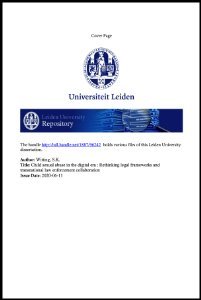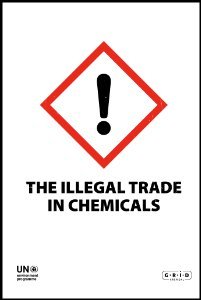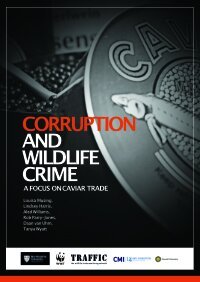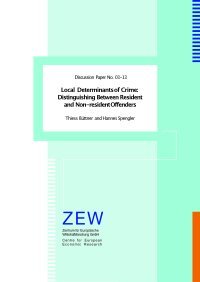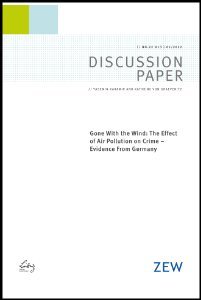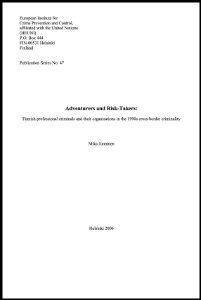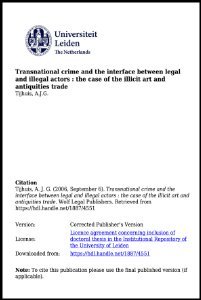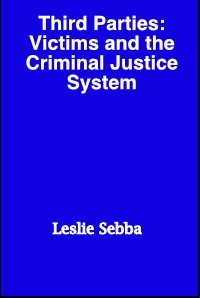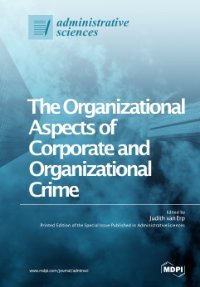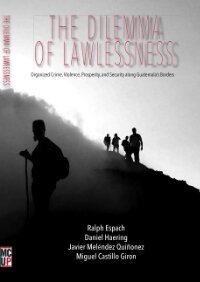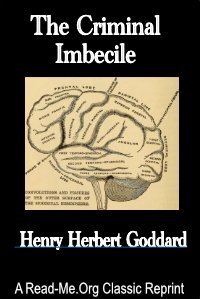By S.K. Witting.
With access to and usage of it increasing dramatically over the past 20 years, the Internet has become an emerging realm for human interaction. With children constituting one-third of Internet users worldwide, this realm offers endless opportunities to learn, connect, and interact. At the same time, the Internet facilitates child sexual abuse on a large scale – through the production, dissemination, and accessing of child sexual abuse material.This study aims to critically analyse emerging aspects of the international and national regulation, investigation and prosecution of online child sexual abuse material from a child-rights and rule-of-law-based approach. It investigates emerging aspects of substantive and procedural law which have been little explored in the past, zooming in on complex constitutional aspects by applying a comparative legal analysis approach with a strong focus on the Global South as well as interdisciplinary legal research.In order to solve these complex legal issues, the answer lies in the identification and subsequent navigation of a variety of dichotomies that govern the discourse on online child sexual abuse material. The international and national regulation, investigation and prosecution of emerging aspects of online child sexual abuse material hence require constant identification, reflection and calibration of competing discourses, with a view to developing a cyber-specific yet victim-sensitive response that upholds the rule of law and takes a child-centred approach.
Leiden: Leiden University, 2020. 158p.


